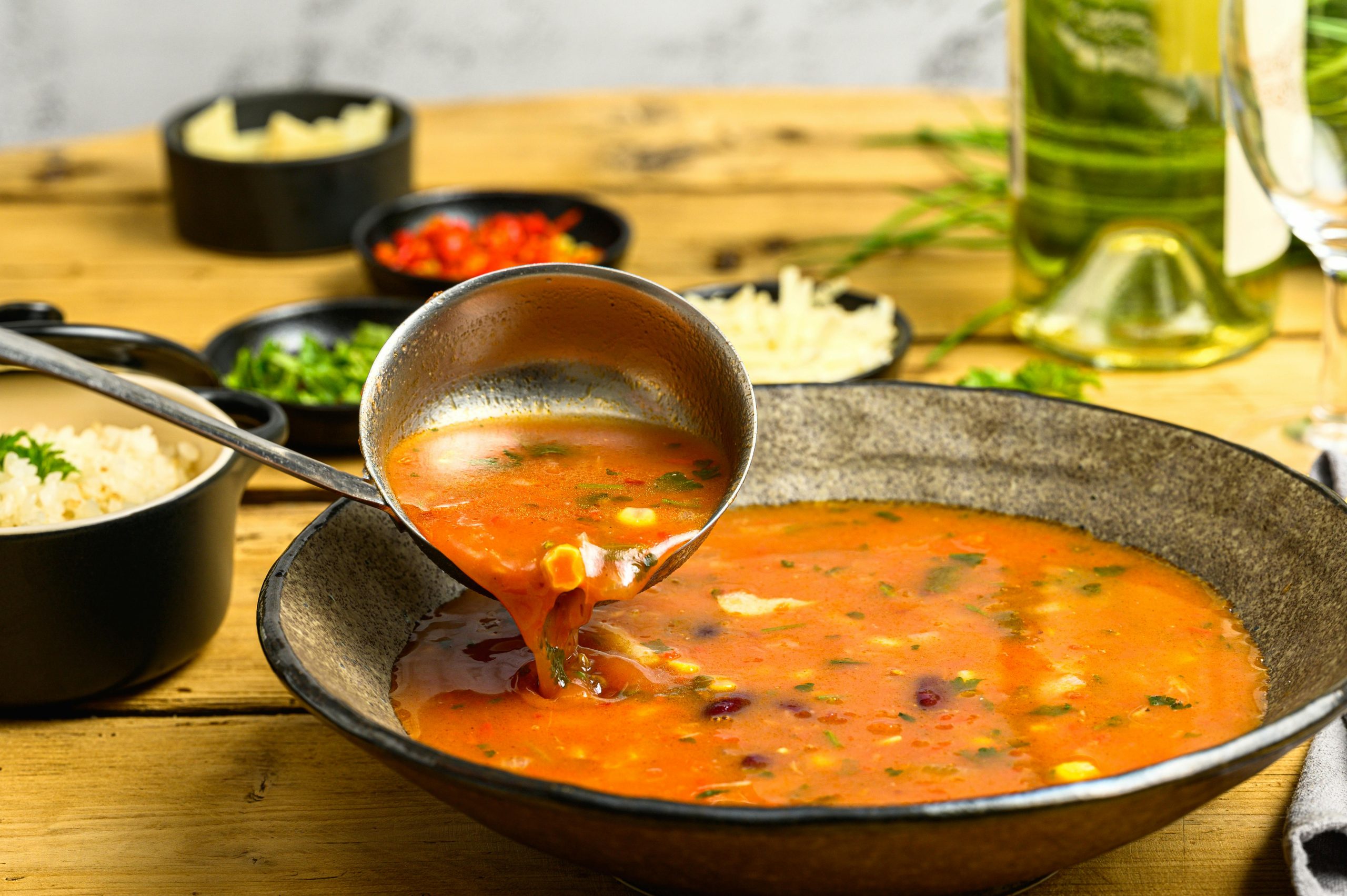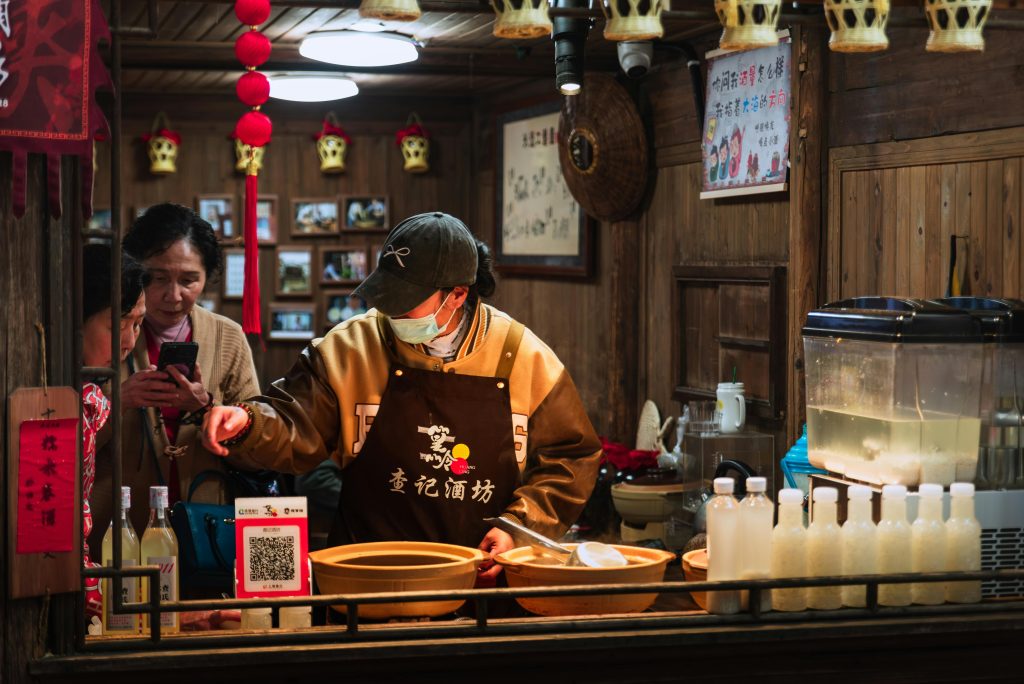
If you love cooking Chinese food, you’ve probably come across Shaoxing wine in recipes. This traditional Chinese rice wine adds depth, complexity, and a slightly sweet, earthy flavor to dishes. It’s a staple in many classic Chinese recipes, from stir-fries to braised meats. But what if you can’t find it at your local store? Don’t worry! There is a Shaoxing wine replacement that works just as well. Let’s look at some of them.
In this guide, we’ll explore what makes Shaoxing wine special, why it’s used in cooking, and the best substitutes you can use when you don’t have it on hand. We’ll also look at how each replacement works and in which dishes they perform best.
What Is Shaoxing Wine?
Shaoxing wine is a Chinese rice wine from the Shaoxing region in Zhejiang province. It’s aged, giving it a deep amber color and a rich, slightly nutty taste. While it’s sometimes sipped like other rice wines, its primary use is in Chinese cooking.
Many famous dishes, like red-cooked pork, drunken chicken, and kung pao chicken, rely on Shaoxing wine for their signature flavors. It enhances marinades, balances sauces, and adds a touch of umami to stir-fries.
Shaoxing wine is one of the oldest rice wines in China, dating back over 2,000 years. Unlike Japanese sake, which is typically served warm and enjoyed as a beverage, Shaoxing wine is mostly used as a cooking ingredient. It provides a depth of flavor that soy sauce alone cannot replicate. Some premium versions of Shaoxing wine can be sipped, but they are less common outside of China.
If you’re curious about rice wines in general, check out this article: What You Need to Know About Rice Wine.

Why Do Recipes Use Shaoxing Wine?
Shaoxing wine does more than just add flavor. Here’s why it’s a key ingredient in Chinese cuisine:
- Tenderizes meat: The alcohol content helps break down proteins, making meat more tender and juicy.
- Adds depth of flavor: It has a slightly sweet, savory taste that enhances other ingredients.
- Reduces strong odors: It helps eliminate fishy or gamey smells in meats and seafood.
- Balances seasonings: It works with soy sauce, ginger, garlic, and other Chinese staples to create a harmonious taste.
- Improves caramelization: When used in stir-fries, it helps create that restaurant-quality depth of flavor and color in dishes.
Because of these benefits, replacing Shaoxing wine isn’t just about finding another alcoholic liquid. You need something with a similar balance of sweetness, acidity, and umami.
The Best Shaoxing Wine Replacement
If you can’t find Shaoxing wine, don’t worry! Several common ingredients make great substitutes. Here are the best ones, along with how to use them:
1. Dry Sherry (Best Overall Substitute)
- Why? Dry sherry has a similar depth and nuttiness to Shaoxing wine.
- How to use it: Replace 1 tablespoon of Shaoxing wine with 1 tablespoon of dry sherry.
- Best for: Stir-fries, marinades, braised dishes.
- Additional Tip: Avoid sweet sherry as it will alter the flavor profile too much.
2. Sake
- Why? Sake is another rice wine with a mild, slightly sweet flavor.
- How to use it: Replace 1 tablespoon of Shaoxing wine with 1 tablespoon of sake.
- Best for: Marinades, broths, and light stir-fries.
- Pro Tip: Sake has a lighter flavor, so you may want to add a splash of soy sauce for extra depth.
3. Mirin (For a Sweeter Option)
- Why? Mirin is a Japanese rice wine that’s sweeter than Shaoxing wine but has a similar effect on meat and sauces.
- How to use it: Use ¾ tablespoon mirin + ¼ tablespoon water for every 1 tablespoon of Shaoxing wine.
- Best for: Sweet and savory dishes like teriyaki or braised meats.
- Watch Out: If a dish already includes sugar, adjust accordingly to prevent it from becoming too sweet.
4. Dry White Wine
- Why? It doesn’t have the same umami depth, but it adds acidity and light fruitiness.
- How to use it: Replace 1 tablespoon of Shaoxing wine with 1 tablespoon of dry white wine.
- Best for: Marinades and seafood dishes.
- Extra Tip: Add a drop of soy sauce for more umami depth.
5. Rice Vinegar + Sugar (For Non-Alcoholic Substitute)
- Why? If you want to avoid alcohol, this combo mimics Shaoxing wine’s acidity and sweetness.
- How to use it: Mix 1 tablespoon rice vinegar + ½ teaspoon sugar to replace 1 tablespoon of Shaoxing wine.
- Best for: Sauces, dressings, and stir-fries.

Here’s a quick comparison table to help you choose a Shaoxing wine replacement:
| Substitute | Flavor Profile | Best Uses | Ratio to Shaoxing Wine |
|---|---|---|---|
| Dry Sherry | Nutty, slightly sweet | Stir-fries, marinades, braises | 1:1 |
| Sake | Light, mild sweetness | Broths, light sauces | 1:1 |
| Mirin | Sweet, mild tanginess | Sweet-savory dishes | ¾ mirin + ¼ water |
| Dry White Wine | Fruity, mild acidity | Seafood, marinades | 1:1 |
| Rice Vinegar + Sugar | Tart, slightly sweet | Sauces, dressings, stir-fries | 1 tbsp vinegar + ½ tsp sugar |

Final Thoughts
Shaoxing wine is an essential ingredient in Chinese cuisine, but if you can’t find it, there are plenty of great alternatives. Dry sherry is the best all-around substitute, but sake, mirin, and even dry white wine work well, depending on the dish.
By understanding the role Shaoxing wine plays in cooking, you can choose the right substitute and still create delicious, authentic flavors at home. If you’re interested in more Chinese food and wine pairings, check out this guide: Top 10 Wine Pairings with Chinese Food.
What’s your favorite substitute for Shaoxing wine? Let us know in the comments!